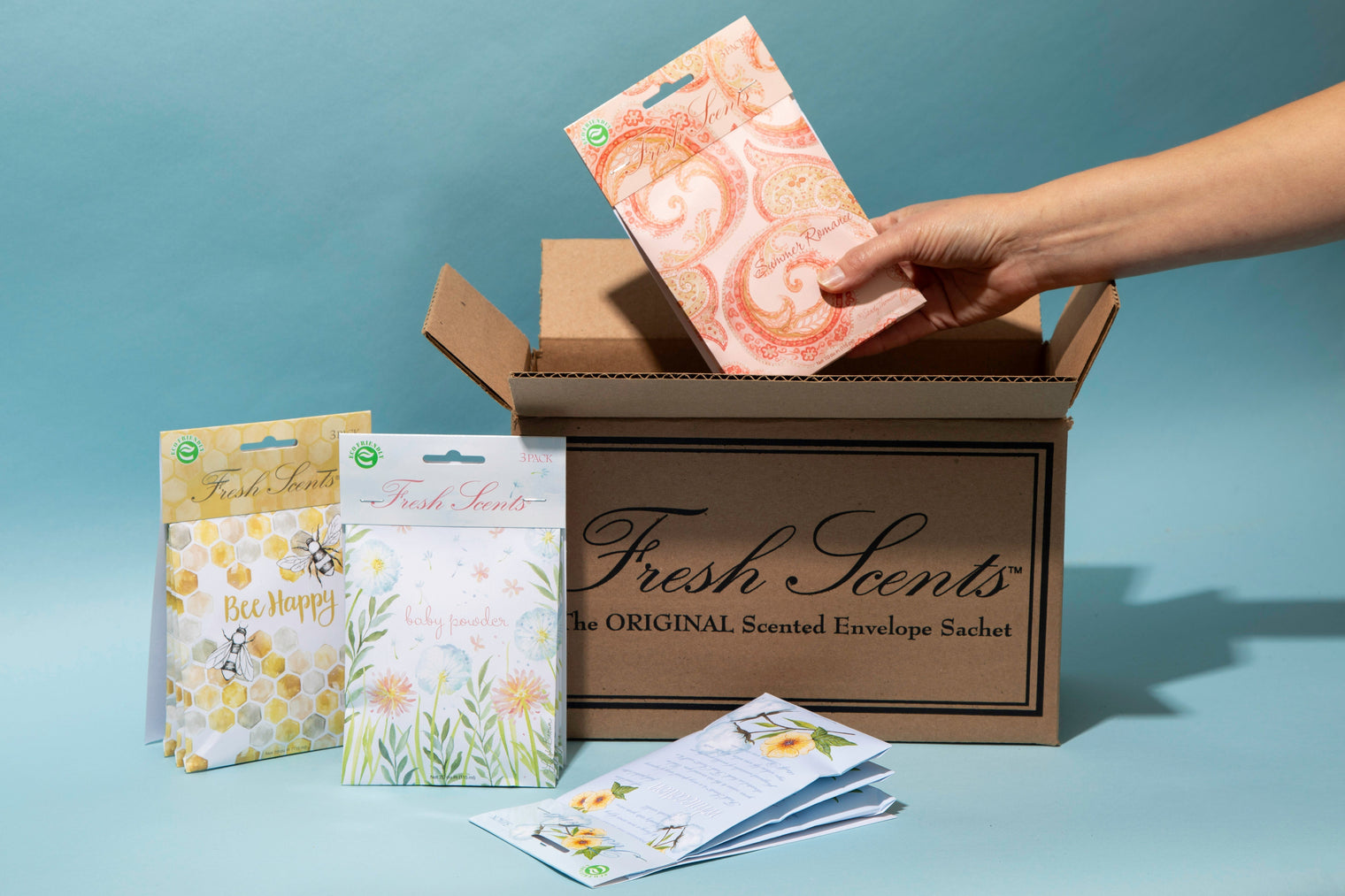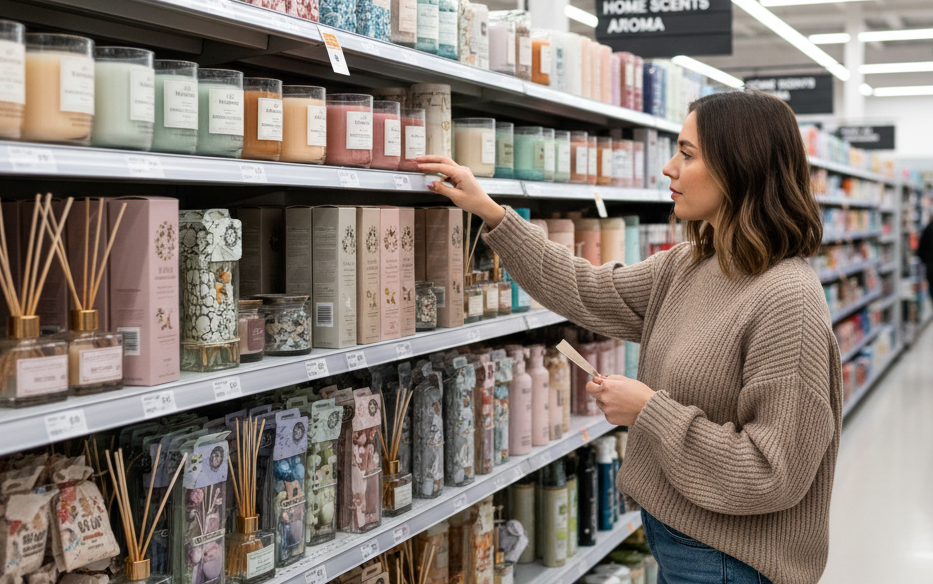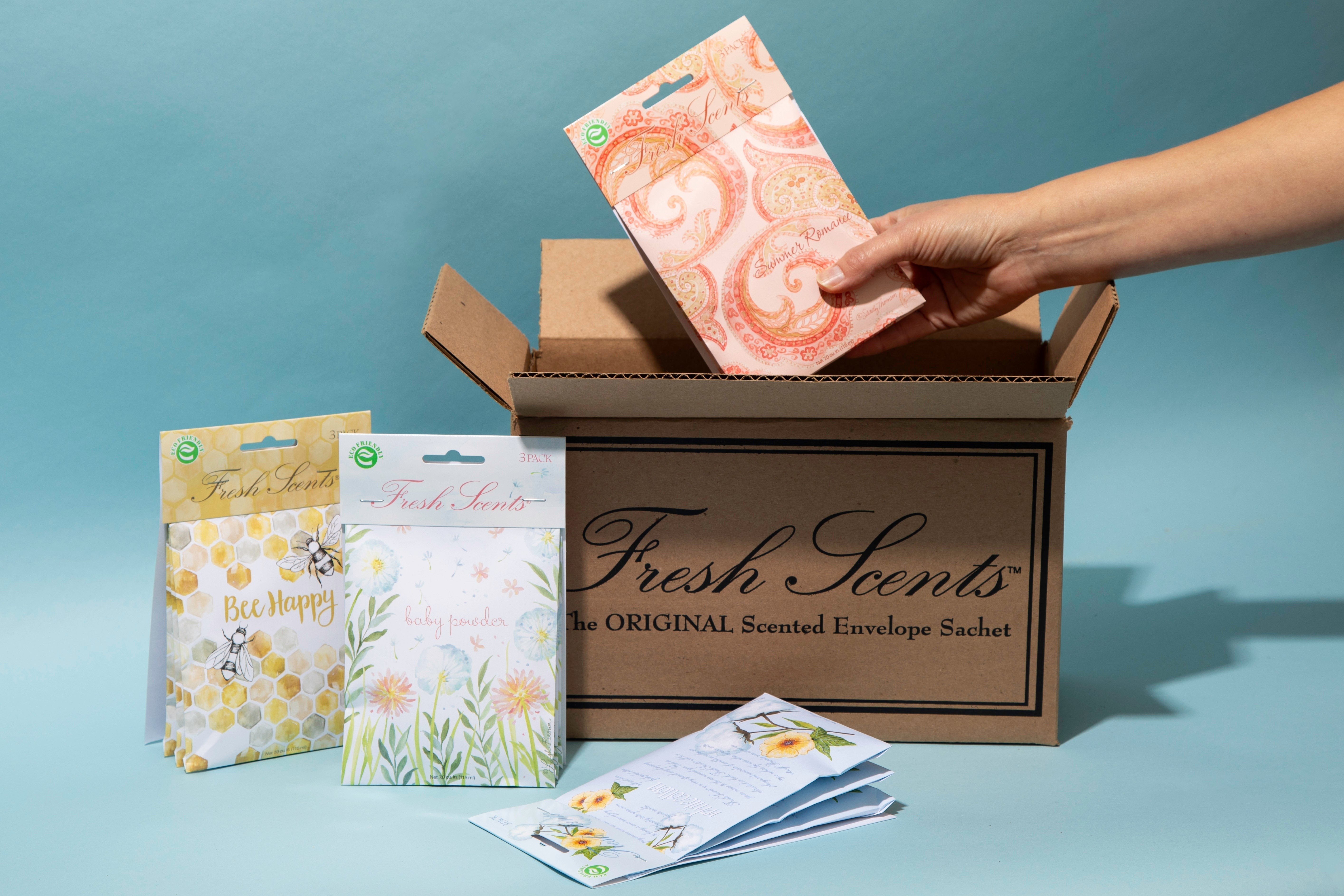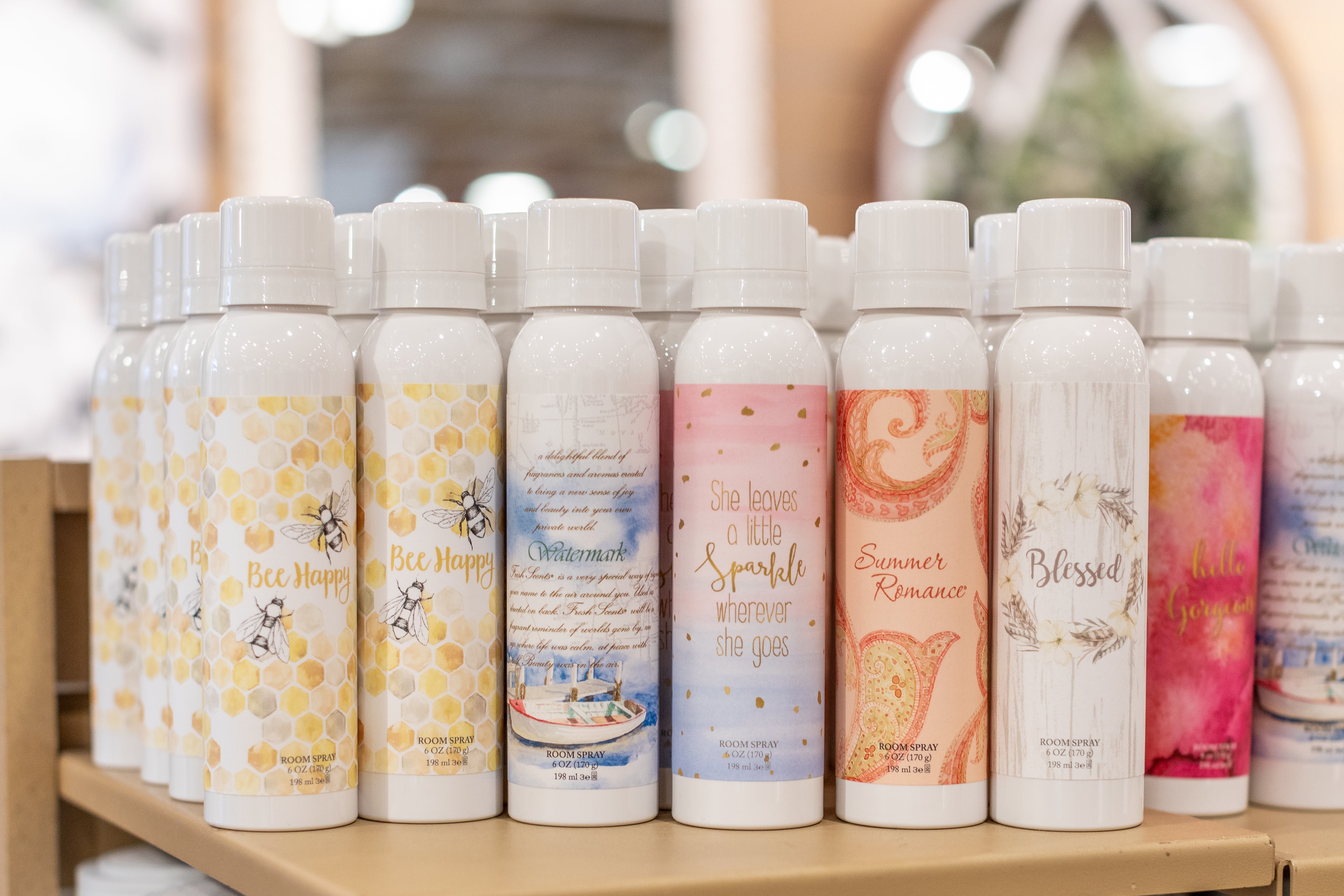How to Sell a Sensory Product in a Digital World
Fragrance products like scented sachets, candles, and plug-ins are more than just functional—they’re deeply sensory. Smell connects directly to memory, emotion, and experience. But for ecommerce and mass retail marketing managers, this creates a unique challenge:
How do you effectively market a product that relies on the sense of smell—in a channel that doesn’t allow customers to smell anything?
The Problem: Selling a Scent Without a Sense
In a brick-and-mortar setting, scent sells itself. Shoppers pass by a display, catch a whiff, and immediately form an emotional connection. Online, that experience is lost. There’s no scent, no sensory trigger—just images and copy.
The risk? Your fragrance SKUs get overlooked, misunderstood, or abandoned in cart. Traditional in-store strategies often don’t translate well to digital, and marketers are left frustrated trying to convert online traffic into confident buyers.
The Guide: Caysi Lewis, Fragrance & Ecommerce Marketer
I’m Caysi Lewis, a content marketer with six years in the ecommerce space—four of those focused on fragrance at scale. I’ve worked across Amazon, brick-and-mortar, and DTC, building strategies that help customers connect with scent through screens.
Here’s how to bridge the sensory gap and turn fragrance browsers into buyers.
The Plan: Turn Digital into a Sensory Experience
1. Use Sensory Language, Not Industry Jargon
Terms like “ambergris” or “muguet” may be technically correct, but they’re often meaningless to the average shopper. Instead, speak in terms that evoke emotion or memory.
-
Instead of: “A floral heart of heliotrope and ylang-ylang.
-
Try: “Smells like clean sheets and spring mornings.”
This approach makes fragrance feel familiar, not foreign—especially important in mass retail environments where education time is limited.
2. Guide with Discovery Tools
When scent can't speak for itself, guided discovery fills the gap. Use tools like:
-
Shop-by-mood categories (“Relaxing,” “Energizing,” “Cozy”)
-
Fragrance finders or quizzes
-
“Smells like…” comparison charts
These tools create a sense of personalization and reduce decision fatigue—key in fragrance, where shoppers often feel overwhelmed.
💡 Tip: Apps like Octane Ai on Shopify or native quiz builders can make this scalable for both DTC and marketplace channels.
3. Leverage Real-World Proof with UGC
User-generated content (UGC)—photos, videos, and reviews from real customers—is especially powerful in scent marketing. Why? Because it builds trust and emotion faster than polished product shots ever could.
A 2020 study by Edelman found that advertising had only half the impact of earned media, as consumers preferred to “hear directly from technical experts or people like themselves.”
That’s where UGC comes in. When customers describe how a scent made them feel—or show how they use it in their home—it creates instant relatability.
💡 Tip: Incentivize hashtags or highlight top reviews on your site, Amazon listings, and emails. Here’s a great Shopify article breaking down more UGC strategies.
4. Build Visual and Emotional Consistency On-Site
When customers can’t smell your product, design becomes your stand-in for scent. Every visual element—color, typography, photography—should reinforce the emotional experience of the fragrance.
According to Marq (formerly Lucidpress), consistent brand presentation can increase revenue by up to 33%, because it builds recognition and trust.
-
Use color to signal scent mood—think soft pastels for romantic blends, crisp blues for clean, fresh scents, and deep tones for cozy or woodsy fragrances.
-
Choose typography that aligns with your fragrance story—modern, serif, playful, or refined, but always consistent across channels.
-
Show real-life usage in photography: for something like sachets that might require product education – show rather than tell. Use product photography showcasing sachets tucked in drawers, gym bags, or suitcases to help customers visualize value.
Visual branding isn’t just about looking good—it’s about creating a sensory bridge between the digital and physical product. When done right, it becomes a silent storyteller.
5. Bridge Digital and In-Person Discovery
Even if ecommerce is the primary channel, use digital tools to drive offline experiences:
-
Add a store locator to help users find your scents in person
-
Promote retailer-specific events or shelf placements via email and social
-
Include QR codes in-store that link to scent quizzes or storytelling videos
This approach builds a loop—online informs offline, and offline reinforces the brand online.
Avoid the Common Mistake
The biggest misstep? Treating digital marketing like an in-store extension—copying over planograms, scent strips, or signage strategy without adjusting for a very different customer experience.
Digital requires its own strategy. The good news: with the right tools and storytelling, online sales can compliment strong in-store performance by building deeper, longer-lasting relationships.
The Transformation: Selling Fragrance with Confidence Online
When you shift your strategy from “selling scent” to evoking emotion, guiding discovery, and proving value, ecommerce becomes a powerful channel for fragrance. Your product pages convert, your retention improves, and your brand becomes recognizable—online and on the shelf.
You May Also Like:
Looking to sharpen your buying strategy further? These articles may help:




